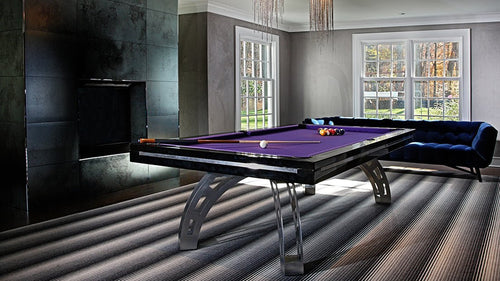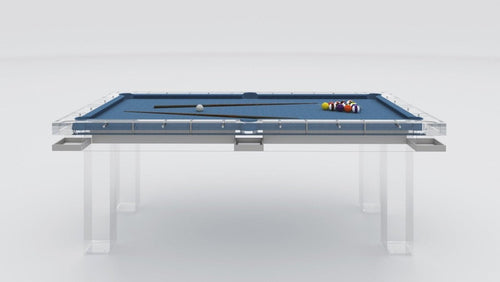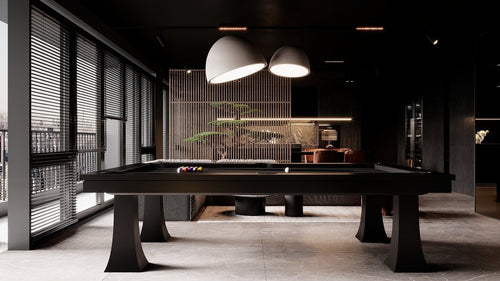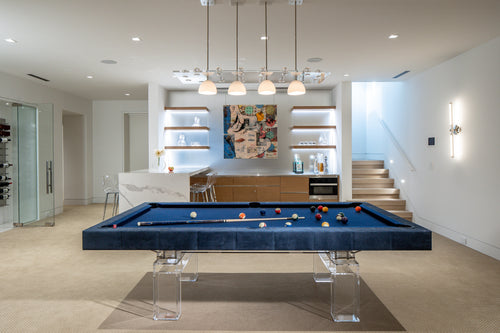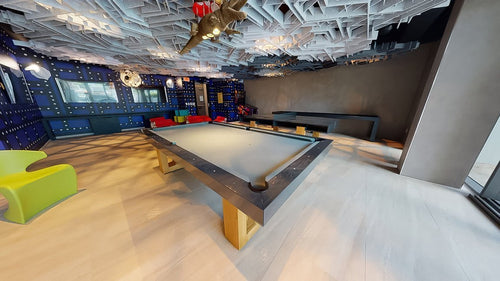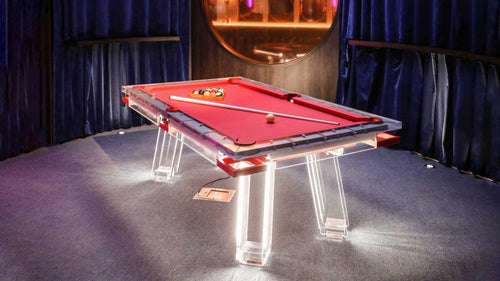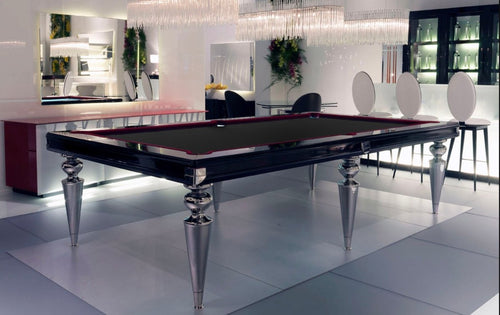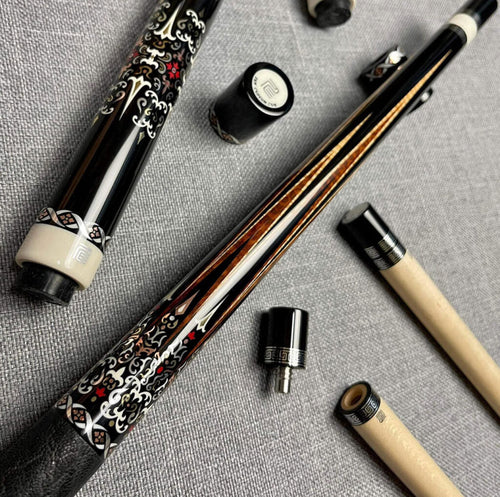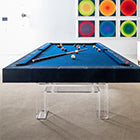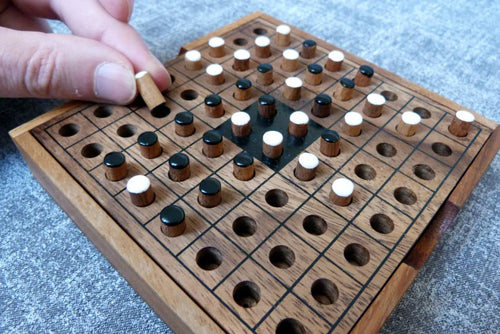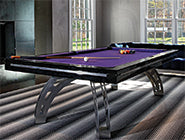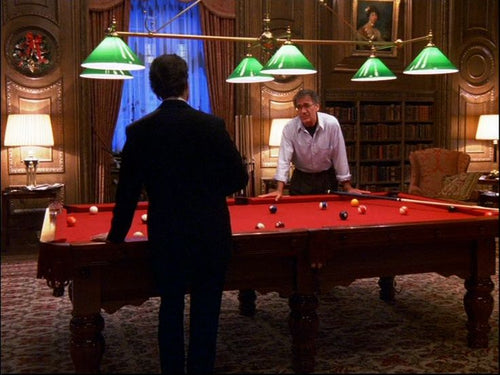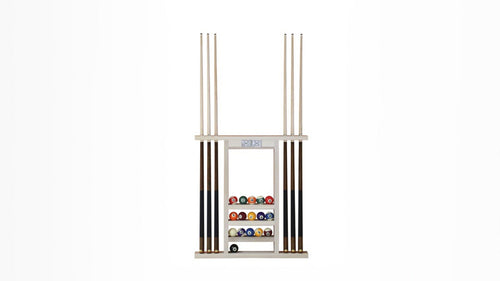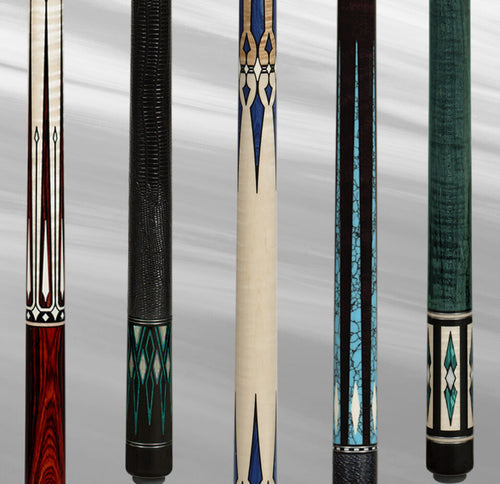Enjoy our modern designs
Estimated Read Time: 7 mins |
A structured training program is the foundation of serious progress in table tennis. It connects technical refinement, tactical execution, and physical conditioning into a unified system aimed at improving competitive performance. Designed with purpose and discipline, a well-crafted training plan prepares players to perform under pressure, master difficult concepts, and consistently improve over time.
Core Components of a Training Program
A single training session typically includes:
- Warm-up: General movement, stretching, and light hitting to prepare the body.
- Knock-up: Informal play to get into rhythm.
- Regular Exercises: Repetitive drills where the player knows where the ball is going, focusing purely on technique.
- Irregular Exercises: Variable placement drills requiring anticipation, footwork, and adaptation.
- Conditional Play: Drills where players must apply tactical rules or play to constraints (e.g., only play to wide forehand).
- Match Play: Simulated competitive play with full game dynamics.
- Cool-down: Light movement and stretching to promote recovery.
Technical vs. Tactical Practice
Training is divided into two core streams:
- Technical Practice: Focused on improving stroke mechanics, such as forehand loops, backhand blocks, and serve variations. Regular and irregular drills are used depending on the level of control and anticipation being targeted.
- Tactical Practice: Centered on developing match-winning strategy. This includes ball placement, exploiting opponent weaknesses, changing pace, and adapting to different playing styles. Tactical drills are customized to the player’s strengths.
Physical Conditioning in Table Tennis
As a fast-paced, reflex-driven sport, table tennis demands more than just technical prowess. A complete program integrates:
- Stamina Training: Distance running, multi-ball drills, and extended match play.
- Speed and Agility: Skipping, ladder drills, and shadow play.
- Flexibility: Dynamic stretching before training and static stretching post-session.
- Strength Development: Core and leg-focused training with bodyweight or resistance bands.
Training intensity varies by age and ability. Young juniors may train with higher frequency but lower physical loads, while advanced players periodize their training to peak for tournaments.
Periodization and Long-Term Planning
Serious players follow a periodized plan that divides the year into phases:
- Preparation Phase: Emphasizes technique, tactical foundations, and fitness.
- Competition Phase: Focuses on sharpening tactics and match-specific drills.
- Rest/Recovery Phase: Involves light training or complete rest to recharge.
This cycle ensures players peak at key competitions while avoiding burnout.
Tactical Concepts in Practice
- Placement: Drills to find the opponent’s elbow, exploit wide forehand/backhand, and change placement mid-rally.
- Pace Control: Exercises involving pace variation, sudden tempo shifts, or using maximal pace with minimal risk.
- Flight Height: Practicing serves or strokes that skim the net or vary in trajectory.
- Spin Mastery: Handling various spins including topspin, backspin, sidespin, and no-spin. Learning to read spin from different rubber types.
Serving and Receiving Skills
Serve Practice
- Solo work on serve variation, spin, pace, placement, and deception.
- Serve Feints: Using fake motions to confuse the receiver.
- Doubles Communication: Using hand signals or cues to coordinate serve tactics with a partner.
Return Training
- Handling Short/Mid-Table Serves: Reading spin, depth, and trajectory.
- Developing Attacks from Returns: Flipping or driving weak serves.
Training for Doubles Play
- Partner Coordination: Practicing shot sequences that set up your teammate rather than yourself.
- Movement Patterns: Practicing ‘in and out’ or ‘circle’ footwork to avoid collision.
- Communication Drills: Speaking and signaling under match conditions to align tactics.
Training Aids and Resources
- Robots: Used for solo repetition of strokes, spin handling, or endurance.
- Multi-Ball Drills: Coach-fed balls at variable speeds and placements for high-intensity practice.
- Shadow Play: Practicing footwork without a ball to improve reaction and speed.
Additional support comes from:
- The ETTA Skills Award Scheme: Offers level-based training programs.
- Coaching Manuals and Clubs: Provide personalized training plans and feedback.
Outcomes of a Well-Structured Program
- Increased confidence under match pressure.
- Reliable execution of strokes and tactics.
- Better tactical decision-making in real-time.
- Greater enjoyment and understanding of the game.
Progress is not always immediate. Patience and consistency are crucial. Match simulations help bridge the gap between practice and performance.
Conclusion
A successful training program in table tennis weaves together technical skills, tactical thinking, and physical capability. It must be consistent, tailored to the player’s level, and flexible enough to evolve as the player progresses. With structured sessions, focused practice, and a clear long-term vision, players can confidently convert training ground skills into match-winning performances.


